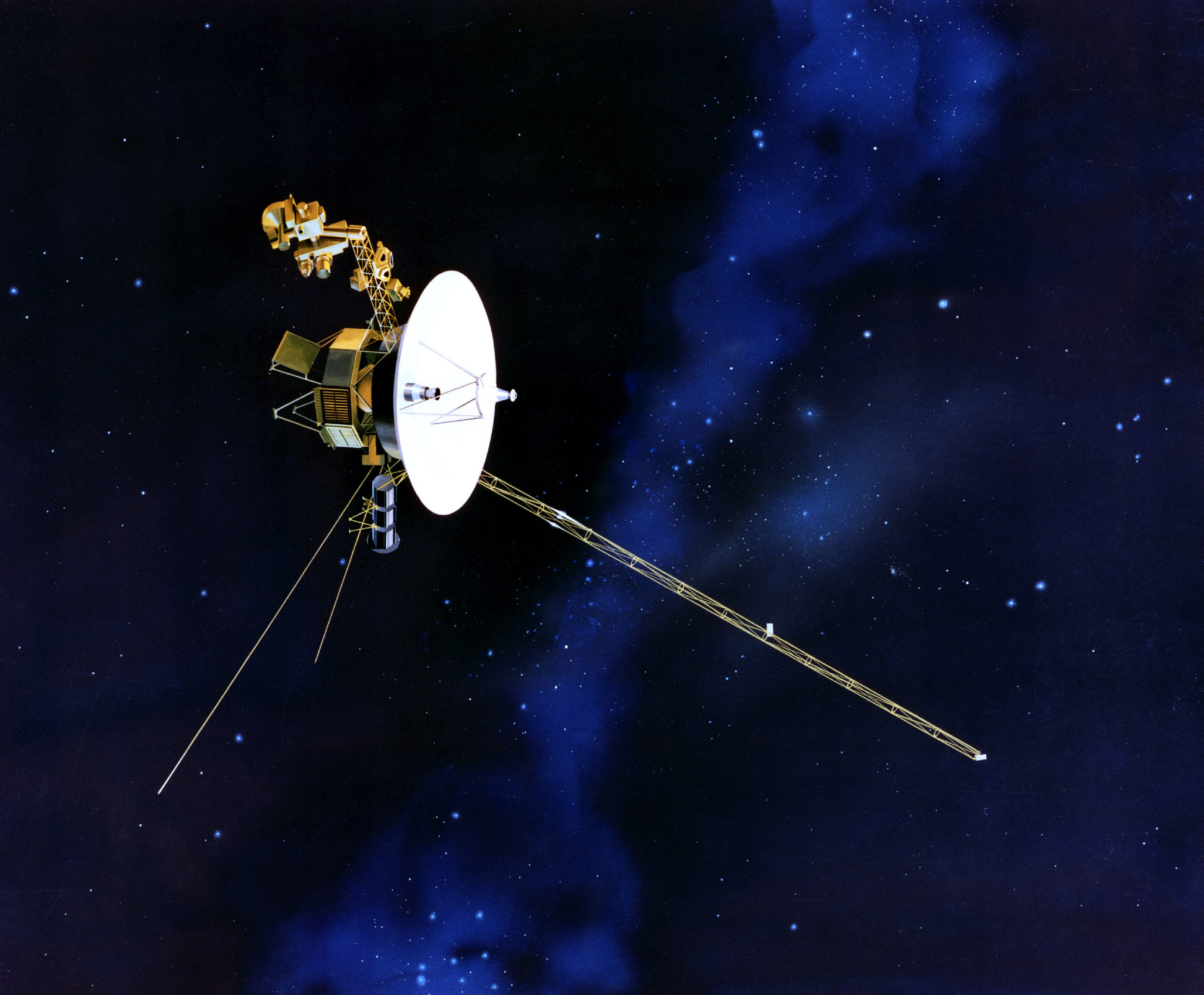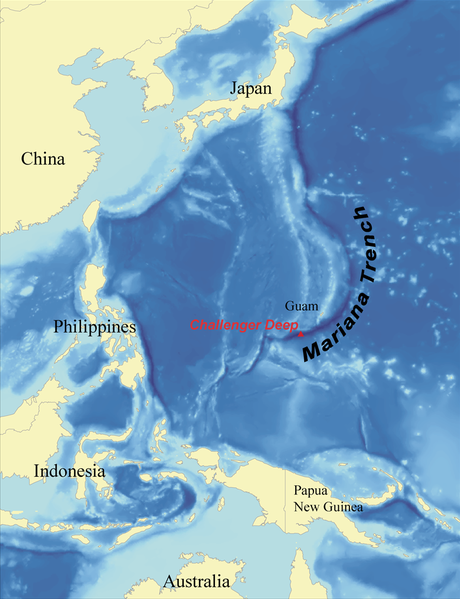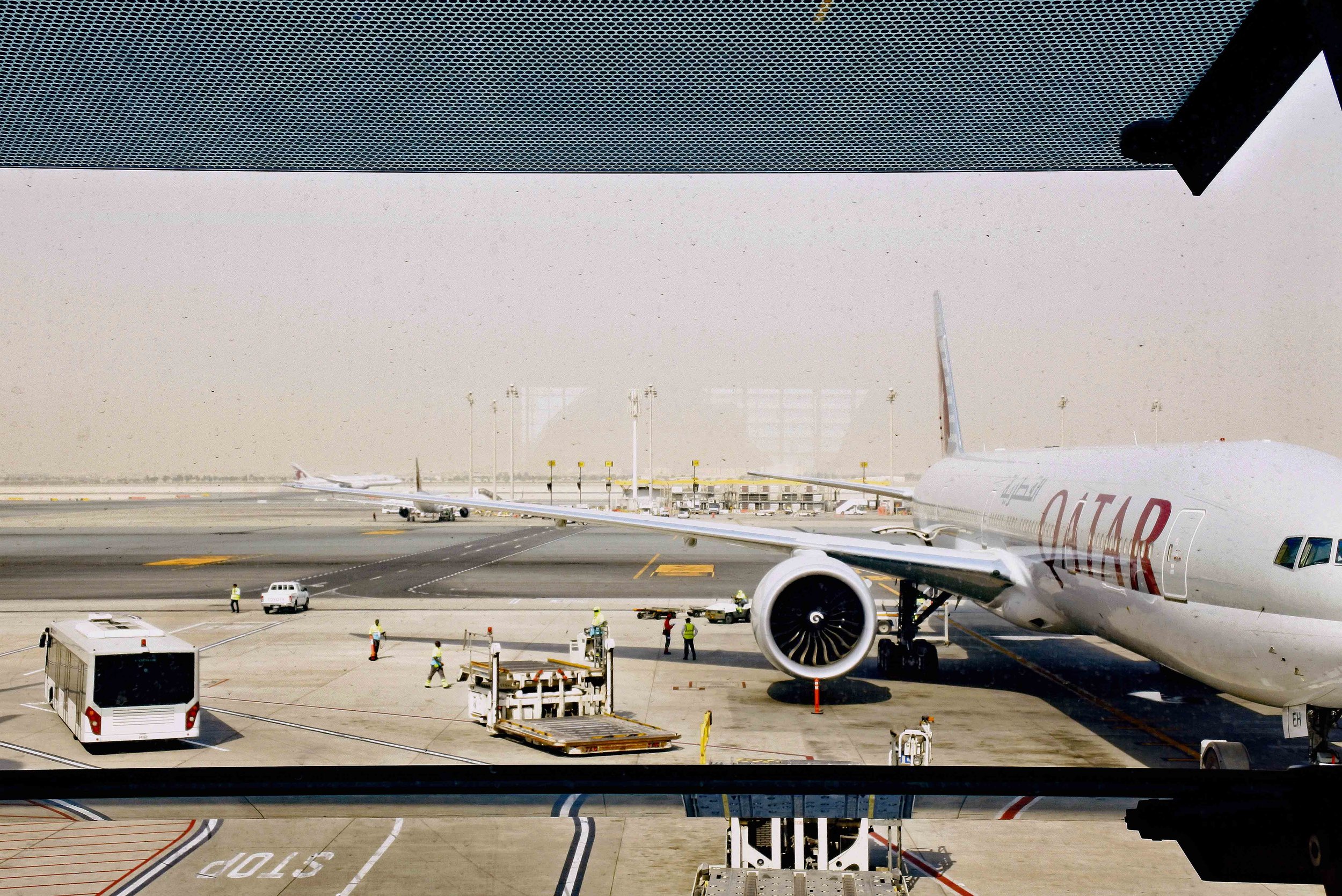Did you know that the furthest distance humans have ever traveled was done not intentionally, but by complete accident? Hit play below to listen to the episode and find out how:
From explorers like Leif Erickson, to Lewis and Clark, to more extreme methods of travel like Deep Sea Diving and Space Exploration, you might get the sense that humans are made to travel.
Today we’re going to explore the stories behind some of the deepest, the farthest, and the loneliest traveled people, ever.
The first people to land on Mars will claim the title of the furthest traveled humans. But do you know who holds the current record? And why was that record an accident
Well, on April 11, 1970, Astronauts James Lovell, Jack Swigert, and Fred Haise, departed Earth on the third mission to land humans, on the moon.
This, was the Apollo 13.Two other successful moon landings occurred within the previous year. So this mission was pretty straightforward: get two astronauts on the moon and explore its surface. While a third astronaut remains on board the Odyssey, and orbits the moon.
The initial launch went fine. A Saturn five rocket took the men into outer space from the Kennedy Space Station in Florida. From there it would take three days to get to the moon.
Apollo spacecraft came in two main parts. The first and most important was the Command Module named Odyssey. It housed the crew and supplied the equipment needed to orbit the moon and then return them to Earth.
The second, part of the spacecraft was the Lunar Module, named Aquarius. This would deliver two astronauts onto the moon and act as there home for the duration of the stay. It would then launch them back out into space, where they would rendezvous with Odyssey.
Things were going as planned for the Apollo 13 crew, that is until the start of day three.
At a distance of over 200,000 miles from Earth, a crucial oxygen tank exploded.
Alarm lights lit up as the astronauts heard a loud bang. They could see through one of the windows, that oxygen was leaking out of the spacecraft.
Within seconds Odyssey’s entire oxygen reserves had leaked out into space.
This was a huge disaster. Not only because the astronauts needed oxygen to breath, but because oxygen was used to power the fuels cells needed for propulsion. Two hours after the tank exploded, the fuel cells completely shut down.
In a last-ditch effort, astronauts put Odyssey on low power mode and entered Aquarius, which had its own oxygen and fuel supplies.
Aquarius wasn't supposed to be powered on until they were near the moon. It also didn't have a heat shield to survive reentry through Earth’s atmosphere. But it could keep the astronauts alive long enough for ground control to figure out a plan.
For obvious reasons, Houston canceled the moon landing and then referred to their existing abort plans, which they designed five years earlier. Those plans required that astronauts jettison Aquarius to get back to Earth. But the spacecraft was flying towards the moon at too fast of a speed for Odyssey’s limited power to change the course of travel.
Aquarius was also acting as a sort of life raft, which the astronauts would need to shelter in for the next four days if they wanted to survive.
This also posed a series of problems.
First, Aquarius was powered by batteries and not meant to operate at full power for as long as they would need it. To get around this, Aquarius was powered down to its lowest levels possible.
It also wasn’t designed to sustain three astronauts. Although it had plenty of breathable oxygen, since it was intended to repressurize itself on the moon each time they opened the hatch, it couldn’t filter out the carbon dioxide or CO2 of more than two people at a time.
Astronauts could see the CO2 indicator rising until it finally reached critical levels.
Breathing in too much carbon dioxide is deadly. It’s a slow killer, which would first disorient the astronauts, and then cause them to lose consciousness.
Inside Aquarius were small cylinder shaped canisters that filtered the CO2, while Odyssey had the larger rectangle shaped canisters.
The large ones weren’t compatible with Aquarius, so ground control improvised a way to make them compatible. Using hoses from one of the space suits, they instructed the Apollo 13 crew how to improvise one of the canisters.
Working frantically, but at as calmly as possible, Astronaut Jack Swigert re-entered the Odyssey to remove a canister and completely shut down the larger spacecraft.
Racing against time, Fred Haise and James Lovell, stayed in Aquarius, improvising the device. CO2 levels soon began to stabilize, proving the method worked.
With little fuel power to turn the craft around towards Earth, the astronauts plotted a trajectory that would use the Moon’s gravity to send them home.
In order to get swung around properly, the new path would take them to the far side of the moon, much further than any other manned space flight had ever done. On APRIL 15, 1970, at 248,655 miles from Earth, they became the furthest traveled humans in history.
Now on a trajectory back home, the astronauts shut down all nonessential systems on the Aquarius. This includes the heating system. Temperatures dropped to near freezing.
As the spacecraft neared Earth, the crew moved from Aquarius to Odyssey, where they faced another challenge. They weren’t sure if the Odyssey could be turned back on from scratch after a complete shutdown. It had never been done before, so ground control had to develop a completely new procedure restart the system with limited power.
By siphoning power from the Aquarius, they were able to get Odyssey back up and running
Moments before entering the atmosphere, the astronauts boarded the command module for reentry.
They were still unsure whether the reentry capsule was damaged during the oxygen tank explosion. At this point, the astronauts could only hope that reentry would be successful. Here’s the actual clip from that very tense moment:
Future Apollo missions carried larger batteries and bigger CO2 filters, as well as safer and separate oxygen tanks, one for breathing and one for fuel.
The Apollo 13 crew still holds the nearly 50-year record for the furthest traveled humans.
But that record is no where near as far as the furthest traveled man-made object.
At 13 Billion miles away from Earth, and counting, the Voyager 1 is the farthest traveled man-made object. The space probe was launched in 1977, to observe Saturn and Jupiter. Traveling at 11 miles a second, it’s also one of the fastest man-made objects.
In 2012 the Voyager 1 became the only manmade object to escape the heliosphere, which is the region of space dominated by the Sun. It’s now traveling through interstellar space and continues to send data back to Earth.
The lonely space probe is expected to keep functioning until around 2025 when its nuclear generator runs out of power.
Space can be lonely for humans too, just ask the six command module pilots who stayed in lunar orbit during successful Moon landings. Each of these astronauts was alone in the spacecraft while two other astronauts landed. They spent up to 3 days by themselves, even losing radio contact with ground control when traveling around the far side of the moon.
But you don’t have to leave Earth to be completely isolated from other humans. Just asked film producer James Cameron. Who, in 2012, descended to the bottom of the Mariana Trench, the deepest place on the planet.
At a depth of 35,000 feet, Cameron was deeper than Mt. Everest is tall. Here the weight of the ocean is over 15,000 pounds per square inch. Cameron spent a little over 2 hours at the pitch black bottom, in the Deep-sea Challenger Submarine. The multimillion-dollar craft has one window to look out of and can only fit one person.
If climbing into a cramped submarine for several hours sounds like a bad time, what about a getting on a cramped airplane?
Qatar Airlines flight 921 is the farthest commercial flight in the world. Transporting passengers from New Zealand to Qatar, on a Boeing 777, this flight takes a whopping 18 hours and 10 minutes to complete.
Nothing much flies further unless you look into the animal kingdom.
Like the Arctic Tern. This small white bird claims the longest migration in the world. It spends its time in the northern hemisphere during the summer months, then flies all the way to Antarctica when the southern hemisphere has its summer months.
These birds are built for flying.
In one case scientists tagged as a chick in the northern United Kingdom. Within just three months, the bird learned how to fly, then traveled over 14,000 miles to Melbourne, Australia.
If you’re planning to travel that far, subscribe to our podcast to keep yourself busy. Don’t forget to tell a friend or family member about us. We have an Instagram, a Twitter, and a Facebook where you can find more of our content.
And now you can buy Go the Podcast t-shirts, mugs, hoodies and more. Go to gothepodcast.com/shop to browse. Hit play below to listen to the episode:














